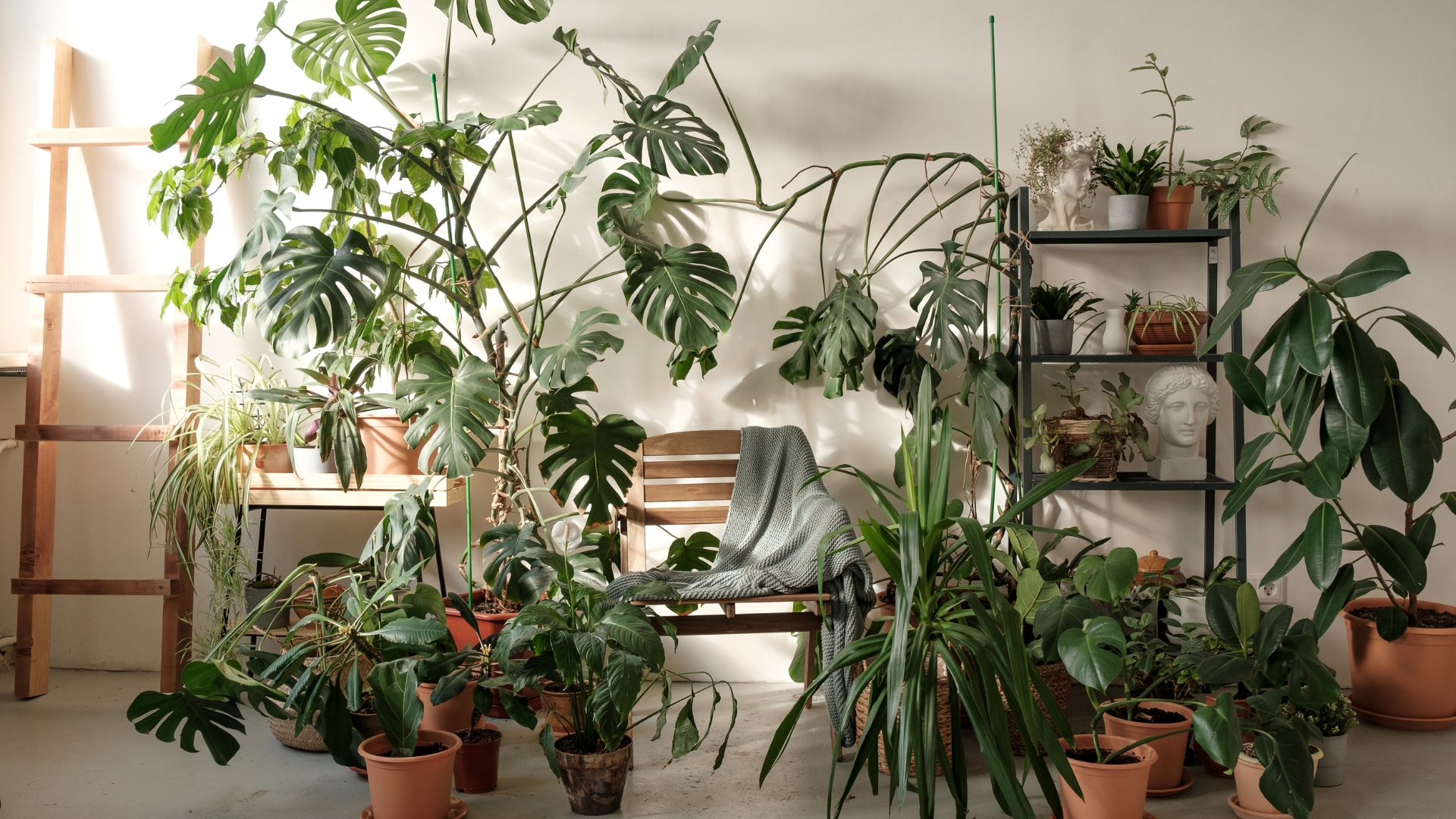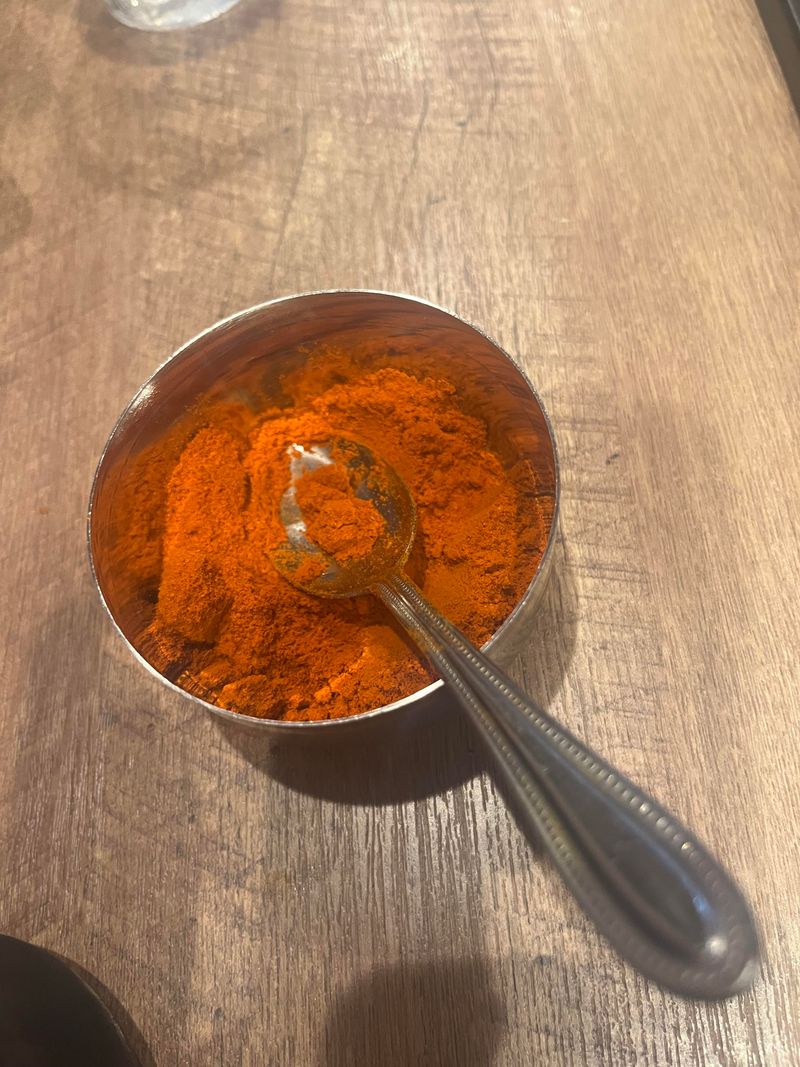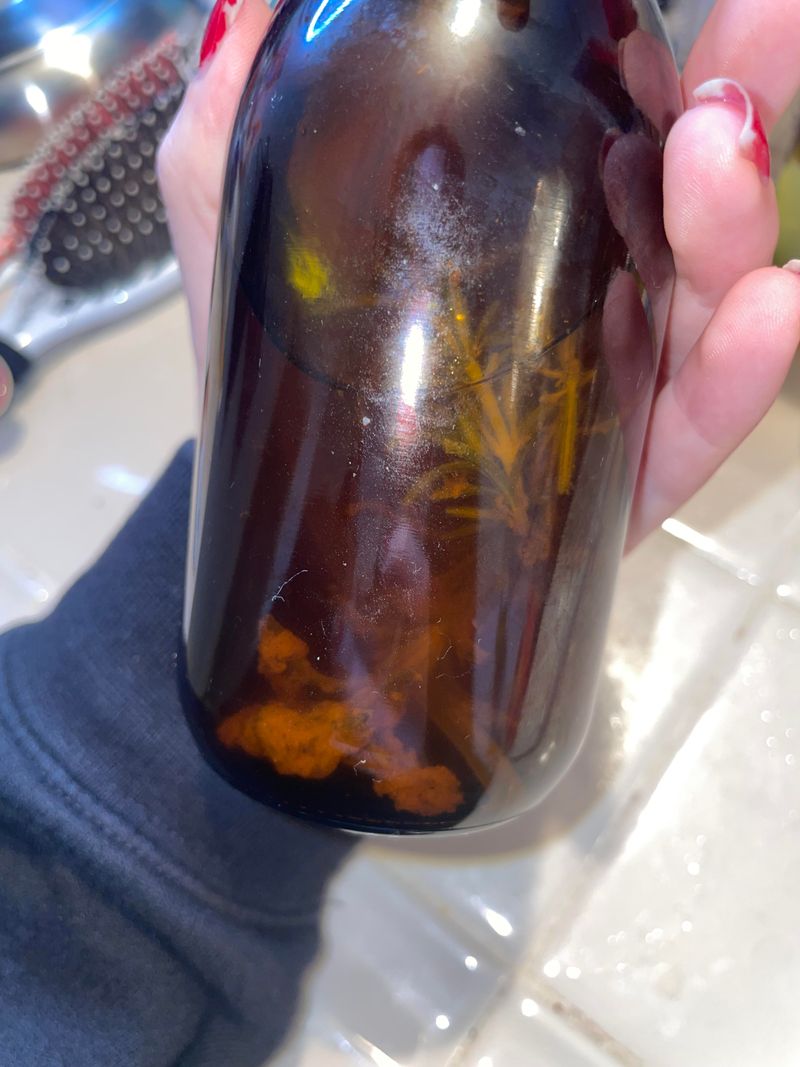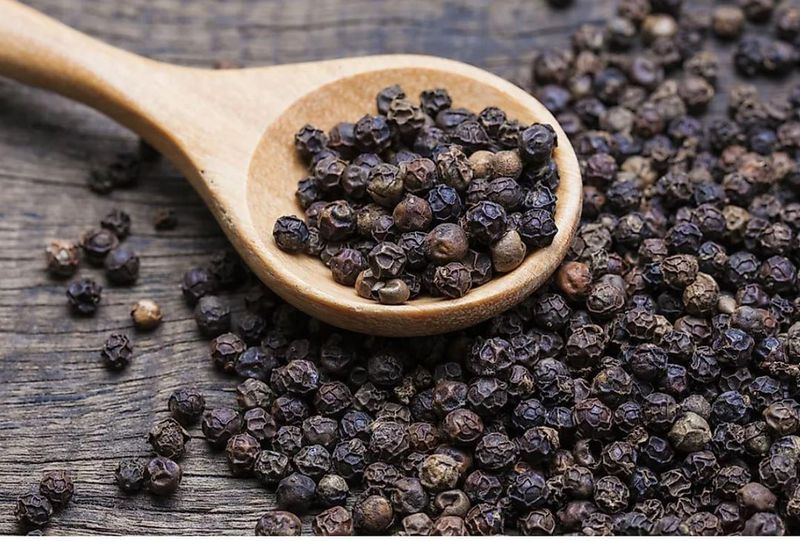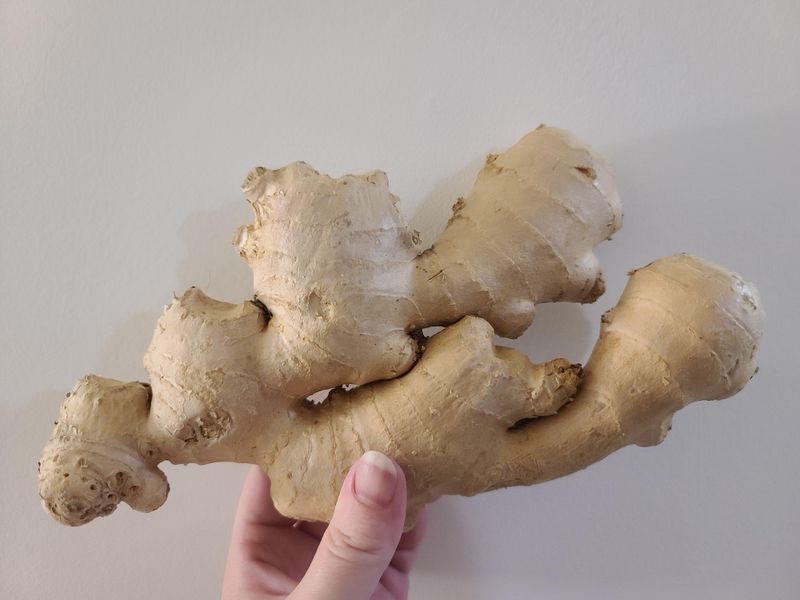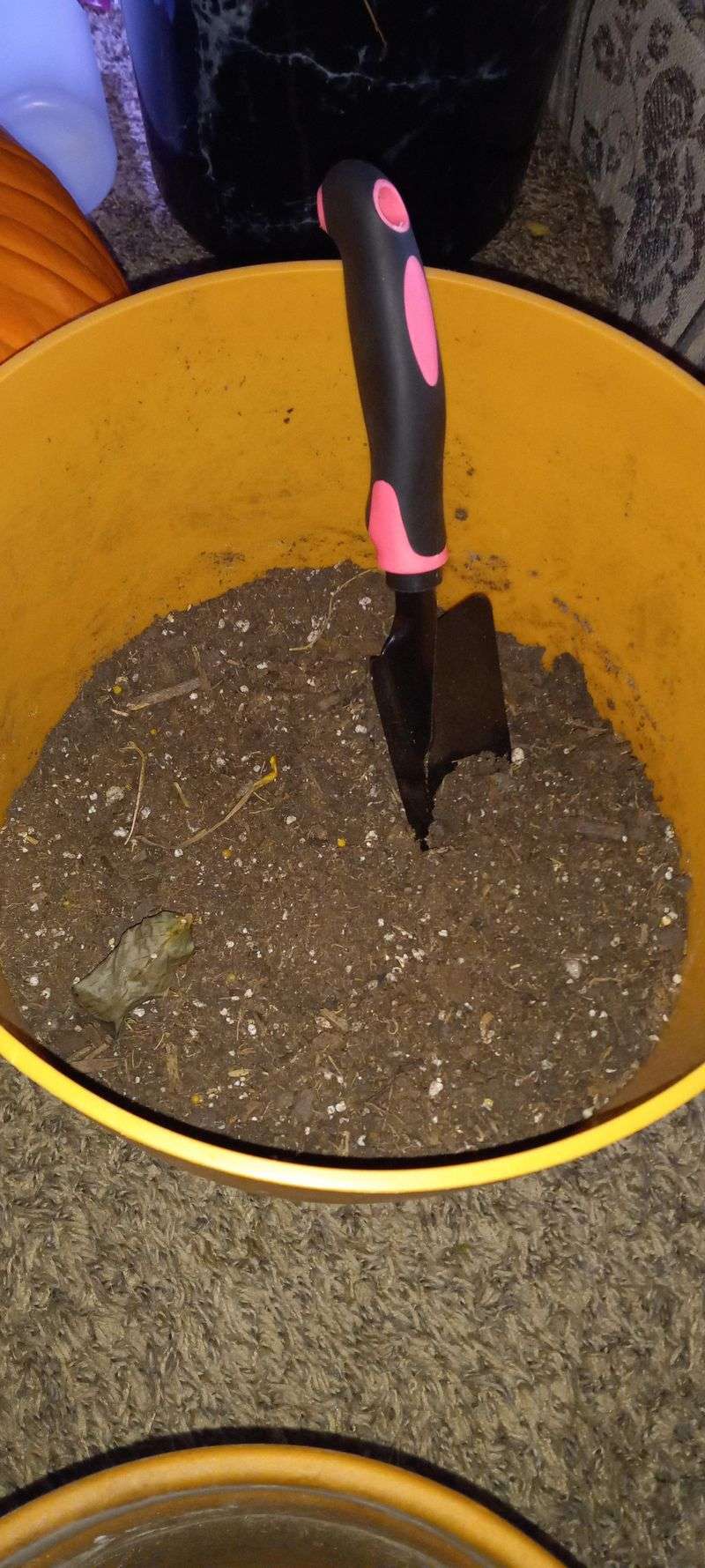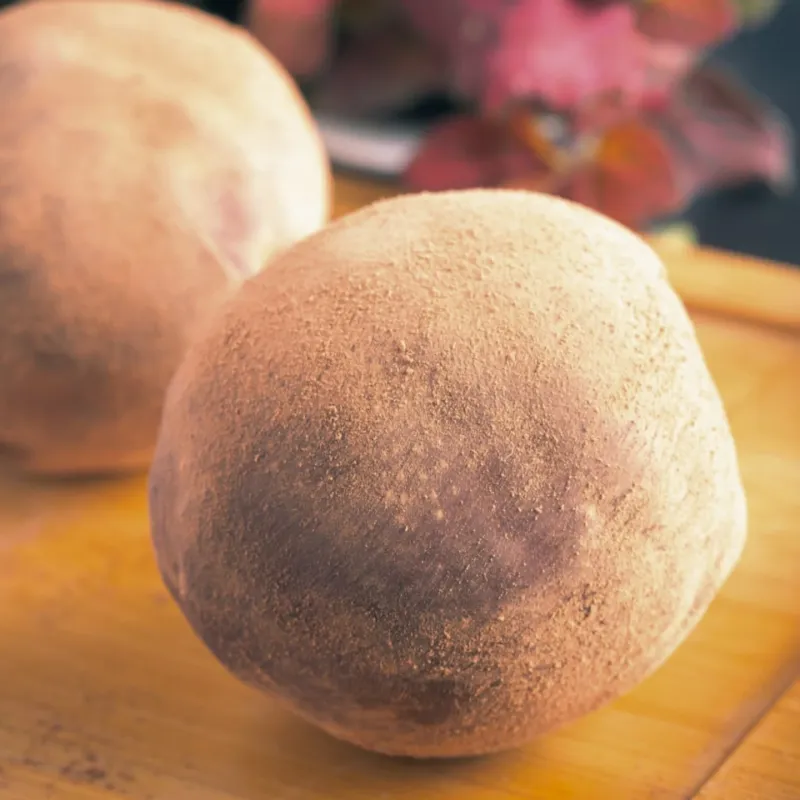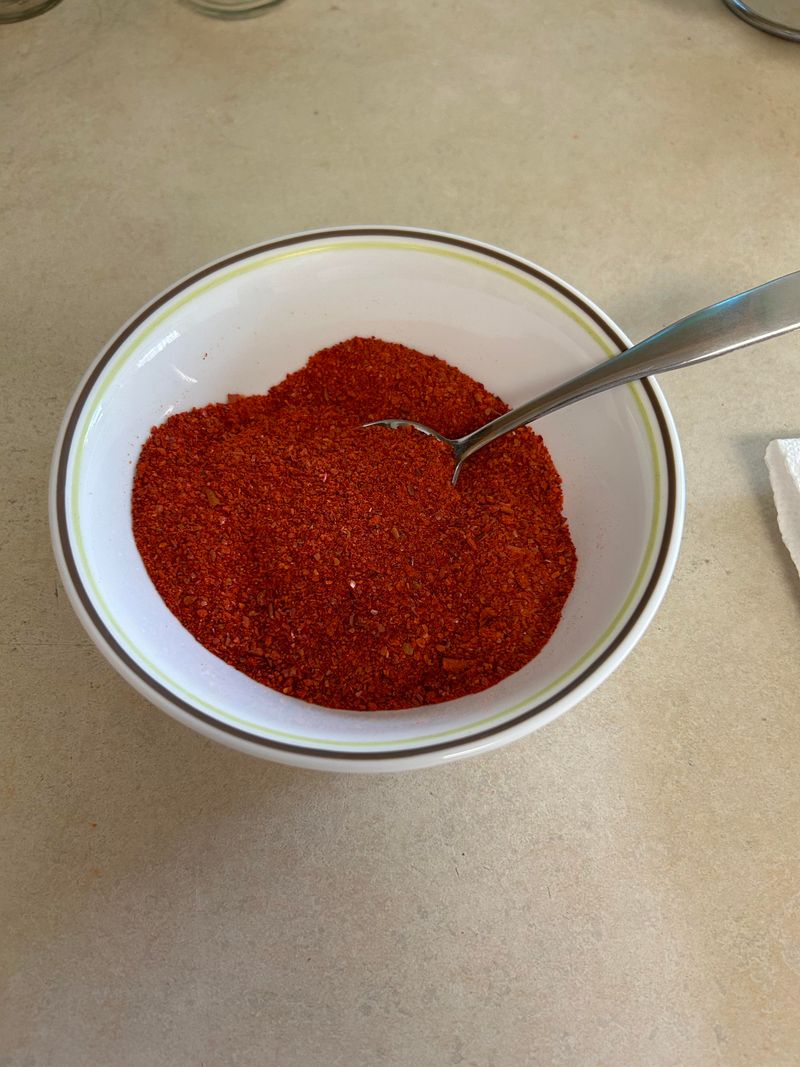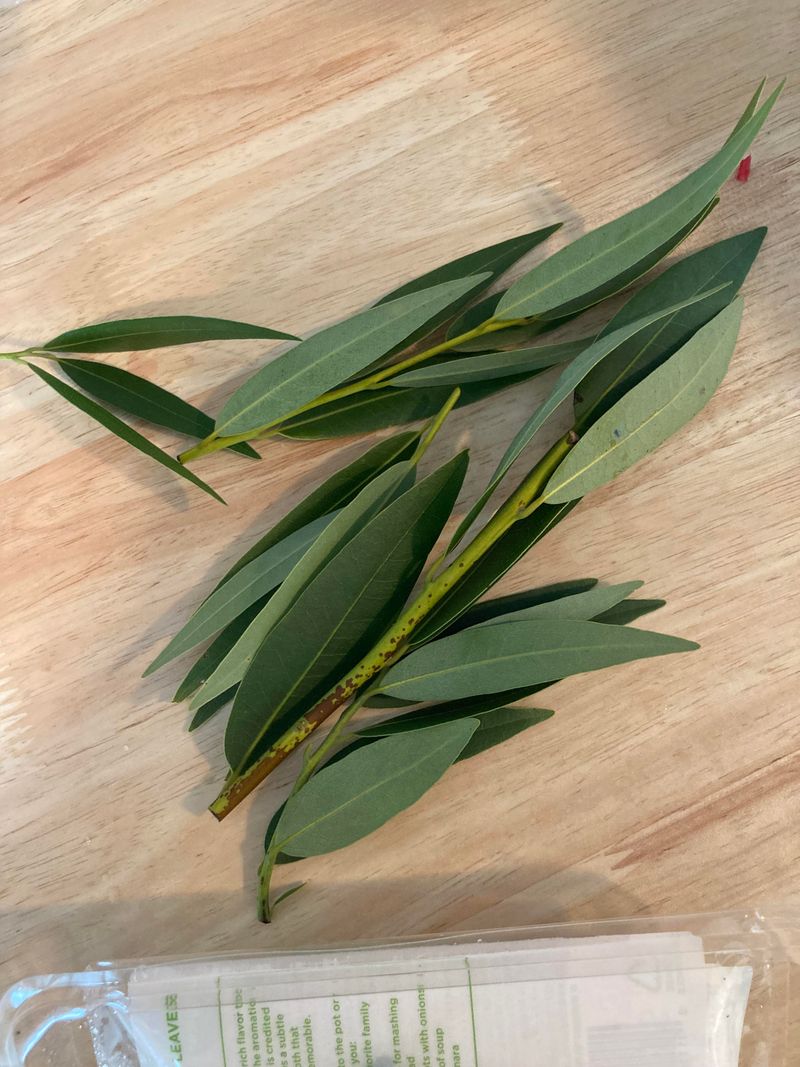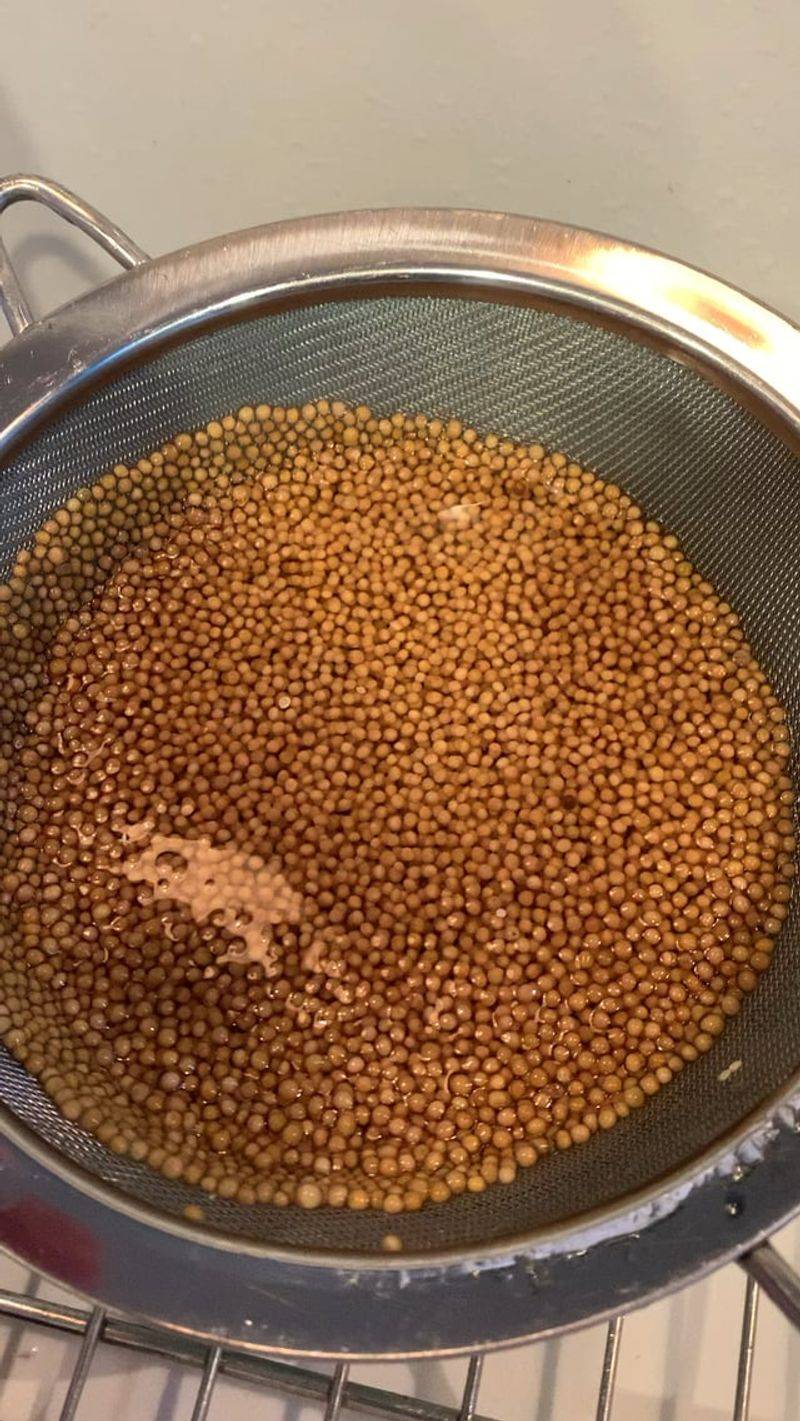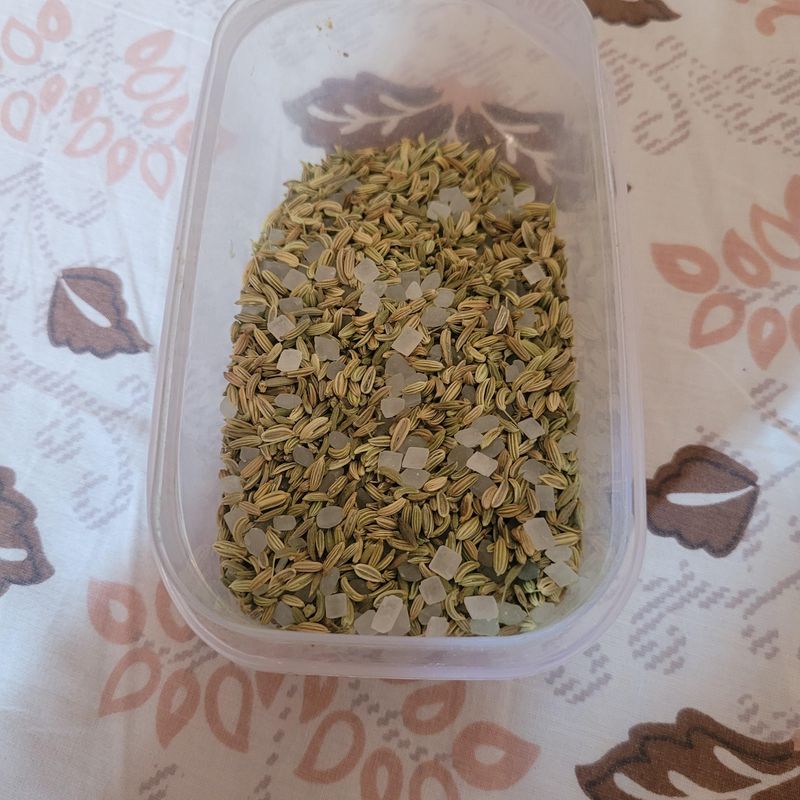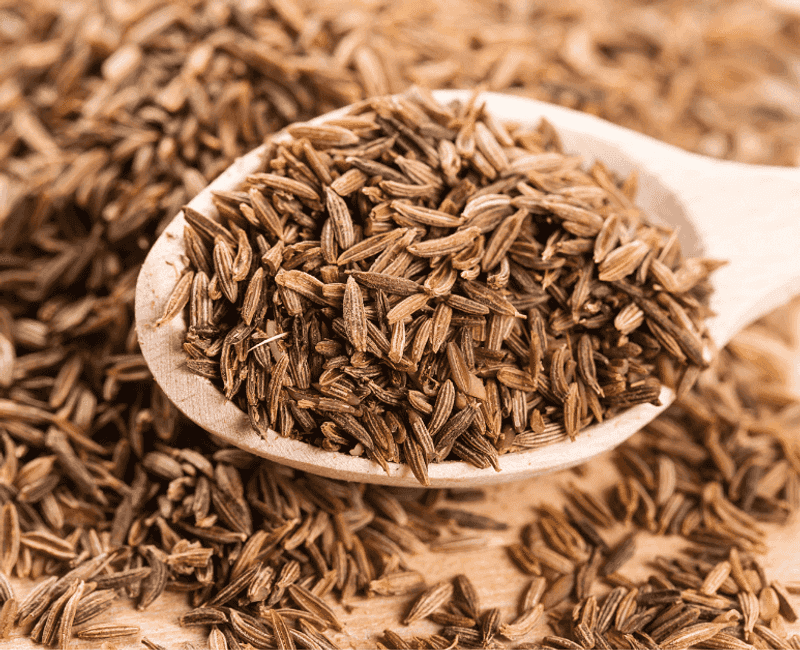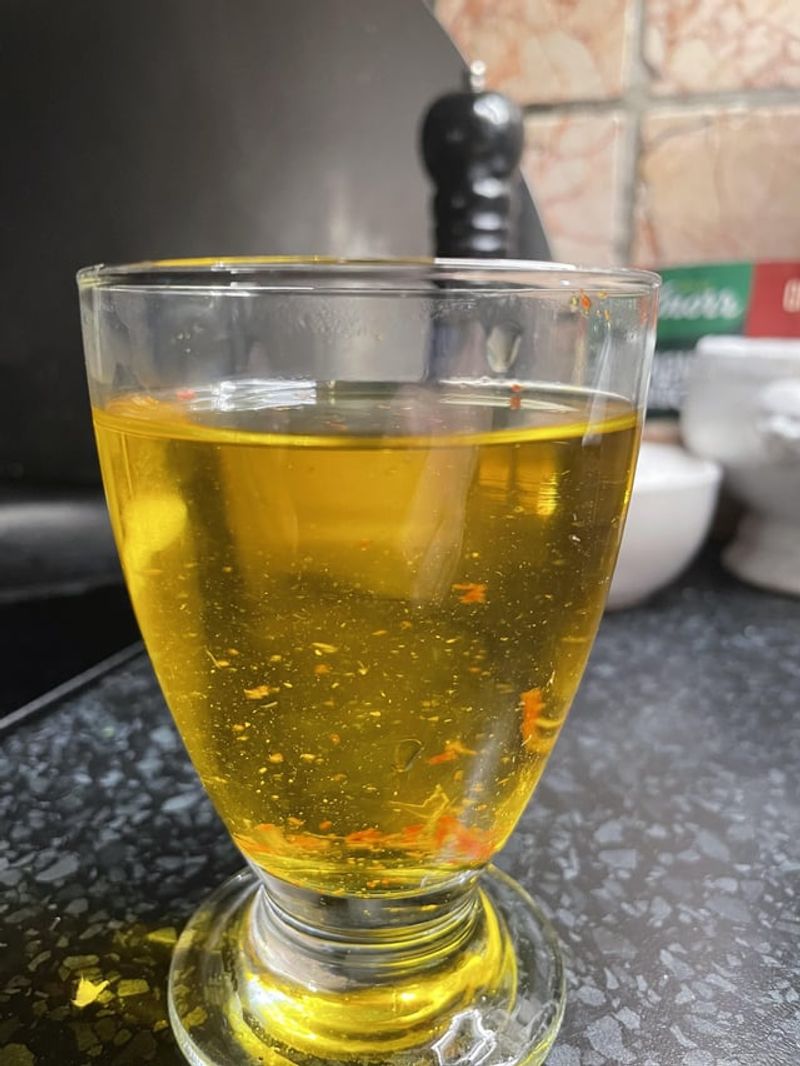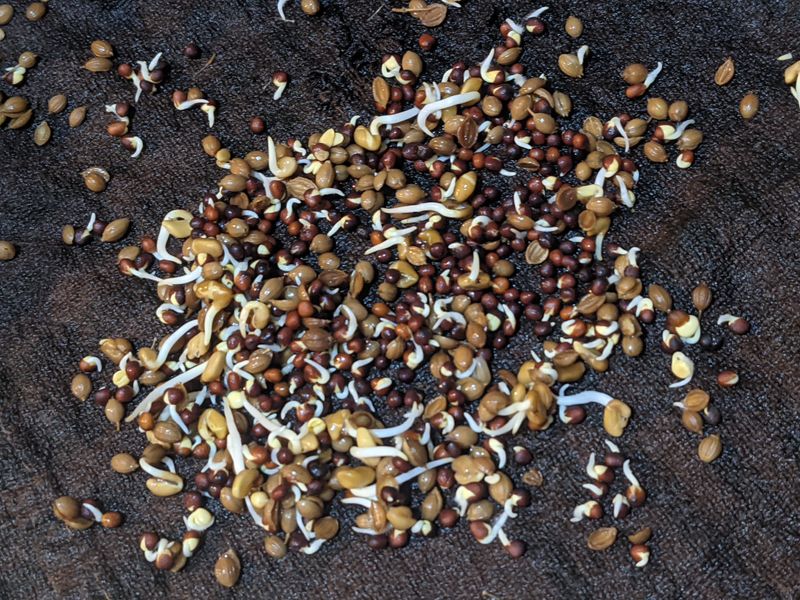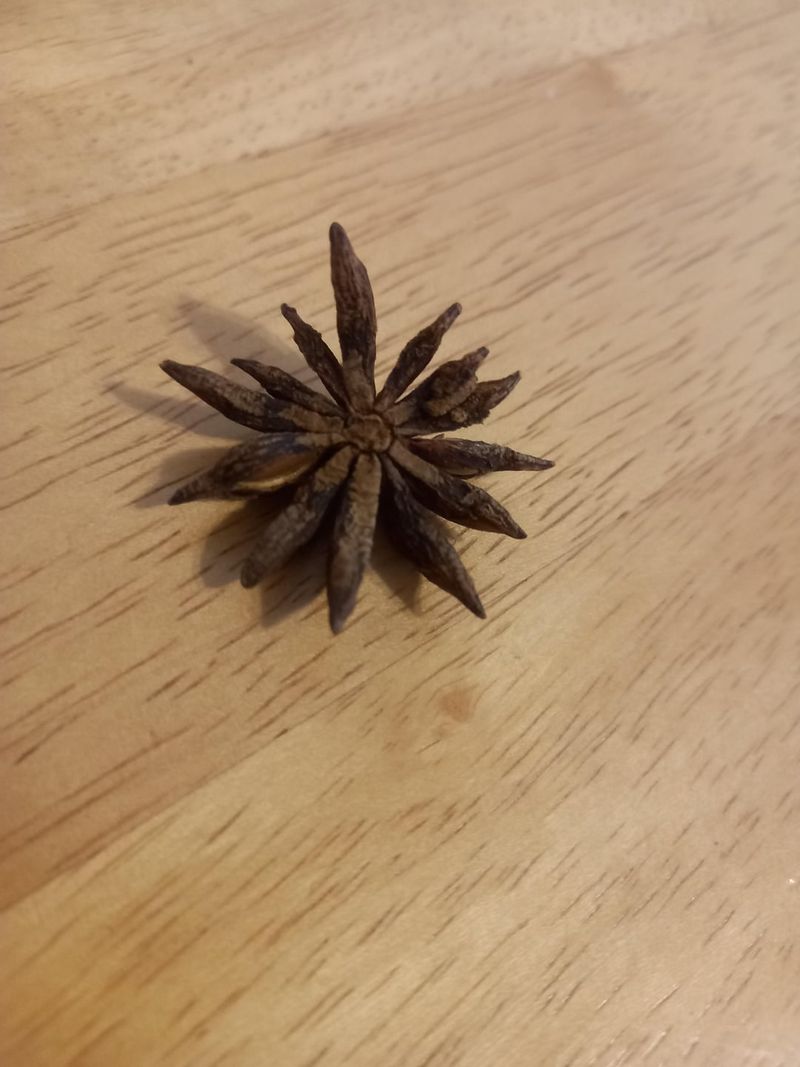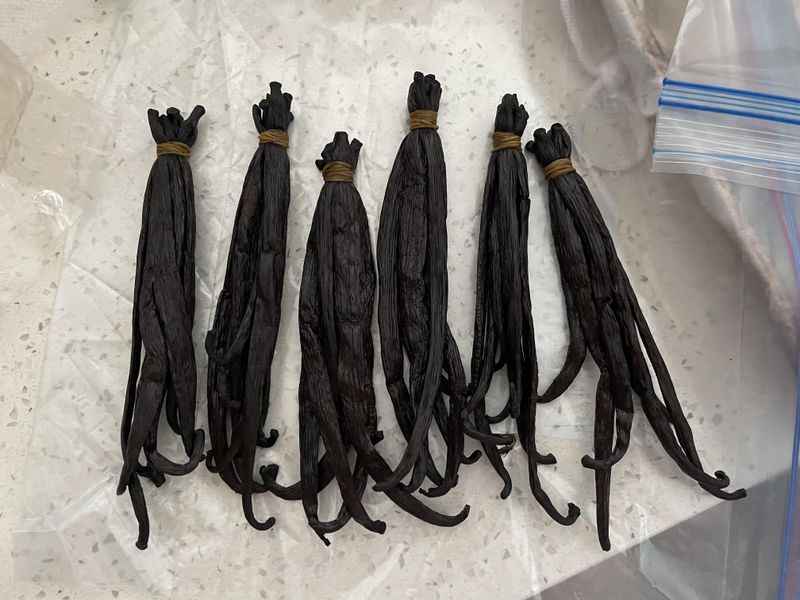Ever thought your spice rack could double as a secret weapon for your houseplants? I was just as surprised when I sprinkled cinnamon on the soil and watched it chase off fungus like magic.
From chili powder that keeps pests in check to turmeric that heals plant wounds, these little kitchen heroes are doing way more than seasoning dinner. It’s like giving your plants a flavor-packed wellness boost.
Let’s just say my basil’s never looked better—and it’s not even in the pasta yet!
1. Cinnamon Fights Fungal Infections
Sprinkling a bit of cinnamon on the soil surface creates a natural barrier against damping-off disease and other fungal problems. This common kitchen spice contains natural antifungal properties that help protect vulnerable seedlings and cuttings.
For new plant cuttings, dip the cut end in cinnamon powder before planting to prevent rot and stimulate root growth. Your plants will thank you with stronger stems and healthier growth patterns!
2. Turmeric Root Growth Booster
Mix a teaspoon of turmeric powder into your watering can once a month to stimulate robust root development. The curcumin in turmeric acts as a growth stimulant while its antibacterial properties help prevent root diseases.
Many gardeners don’t realize that turmeric also enhances nutrient absorption in plants. Your houseplants will develop stronger, more extensive root systems, leading to lusher foliage and more vibrant growth above the soil line.
3. Clove-Infused Water Spray
Soak whole cloves overnight in water, then strain and transfer to a spray bottle for a natural pest deterrent. The strong aroma repels common houseplant pests like aphids, spider mites, and fungus gnats without harsh chemicals.
Mist your plants weekly with this solution, paying special attention to the undersides of leaves where pests often hide. As a bonus, your plants will smell pleasantly spicy instead of like commercial pesticides!
4. Black Pepper Ant Barrier
Create a protective ring of ground black pepper around your plant containers to keep ants at bay. Ants hate crossing pepper barriers because the compounds irritate their feet and disrupt their chemical trails.
Reapply after watering or every couple of weeks to maintain the barrier. Unlike chemical ant killers, this natural solution is completely safe for your plants and won’t harm beneficial insects that might visit your indoor garden.
5. Ginger Root Hormone
Steep freshly grated ginger in warm water for an hour, then use this solution to water plants that need a growth boost. Ginger contains natural growth hormones that can help revive sluggish plants and encourage new leaf development.
Apply this treatment once every two weeks during growing season. The zingerone in ginger also improves soil microbial activity, creating a healthier growing environment for your green friends’ root systems.
6. Cardamom Soil Refresher
Crush a few cardamom pods and mix them into the top layer of your potting soil to improve drainage and add subtle fragrance. The aromatic oils in cardamom pods slowly release into the soil, deterring fungus gnats and other pests.
This spice also contains minerals that gradually break down to nourish your plants. Replace the pods every month or so when they lose their fragrance for continuous protection and soil enrichment.
7. Nutmeg Calcium Supplement
Grate a small amount of nutmeg into your potting mix when repotting calcium-loving plants like peppers or African violets. Nutmeg naturally contains calcium that slowly releases as the spice breaks down in the soil.
Just a quarter teaspoon per medium pot is enough to make a difference. Your plants will show their appreciation through stronger cell walls and improved resistance to blossom-end rot and other calcium deficiency problems.
8. Paprika Color Enhancer
Add a pinch of paprika to your flowering plants’ soil once a month to enhance bloom colors, especially for red and pink flowers. The natural carotenoids in paprika can be absorbed by plants and incorporated into their pigments.
This works particularly well for plants like hibiscus and geraniums. The mild capsaicin in paprika also helps deter certain soil-dwelling pests that might otherwise damage your plants’ roots and stems.
9. Bay Leaf Drainage Layer
Place dried bay leaves at the bottom of pots before adding soil to create a natural drainage layer that slowly releases beneficial compounds. As they decompose, bay leaves release essential oils that help prevent root rot and fungal issues.
The leaves break down gradually, improving soil structure over time. This trick works especially well for moisture-sensitive plants like succulents and cacti that need excellent drainage to thrive indoors.
10. Mustard Seed Soil Cleaner
Work a tablespoon of mustard seeds into the top inch of soil and water thoroughly to help purify soil contaminated with heavy metals. Mustard contains compounds that bind to toxins and help remove them from the growing medium.
This natural bioremediation technique is especially helpful for plants growing in older pots or soil that might contain unwanted residues. Your plants will respond with healthier growth once the soil conditions improve.
11. Fennel Seed Tea Fertilizer
Crush a teaspoon of fennel seeds and steep them in hot water overnight to create a nutrient-rich plant tea. This solution contains natural plant compounds that strengthen stems and enhance overall plant vigor.
Water your plants with this tea once every two weeks during growing season. The mild licorice scent also helps repel certain pests while making your plant care routine more aromatic and enjoyable.
12. Cumin Seed Pest Deterrent
Scatter cumin seeds around the base of your plants to create a natural barrier against crawling insects. The strong aroma confuses pests and masks the scent of your plants, making them harder to locate.
Replace the seeds every few weeks as they lose potency. This method is particularly effective against soil-dwelling insects like fungus gnat larvae and small beetles that might otherwise damage your houseplants’ root systems.
13. Saffron Water Blooming Boost
Add just three threads of saffron to a quart of water and let it sit overnight before using it to water flowering plants. Saffron contains crocetin and other compounds that stimulate flowering and enhance bloom colors.
Use this special water treatment once a month during the pre-blooming phase. Though expensive, a little saffron goes a remarkably long way, making this an affordable luxury for your most precious flowering houseplants.
14. Fenugreek Seed Sprout Stimulator
Soak fenugreek seeds overnight, then blend them with water to create a natural growth stimulant for struggling plants. The solution contains natural plant hormones that encourage new growth and leaf development.
Apply this mixture directly to the soil once a month. Many gardeners are surprised to discover that fenugreek also improves nitrogen fixation in the soil, providing a gentle, sustained nutrient boost to your houseplants.
15. Star Anise Propagation Helper
Place a whole star anise pod in water when propagating cuttings to prevent bacterial growth and encourage rooting. The natural compounds in star anise act as gentle preservatives in the water while providing mild rooting stimulation.
Change the water and replace the pod weekly for best results. Your cuttings will develop stronger, healthier roots with less risk of rotting before they’re ready to be planted in soil.
16. Vanilla Bean Soil Sweetener
Bury used vanilla bean pods in the soil of acid-loving plants to gradually lower pH levels as they decompose. This works particularly well for plants like gardenias and azaleas that prefer slightly acidic conditions.
The pods break down slowly, releasing beneficial compounds over several months. As an added bonus, your plants will emit a subtle vanilla fragrance when watered, making your indoor garden even more appealing to the senses.

